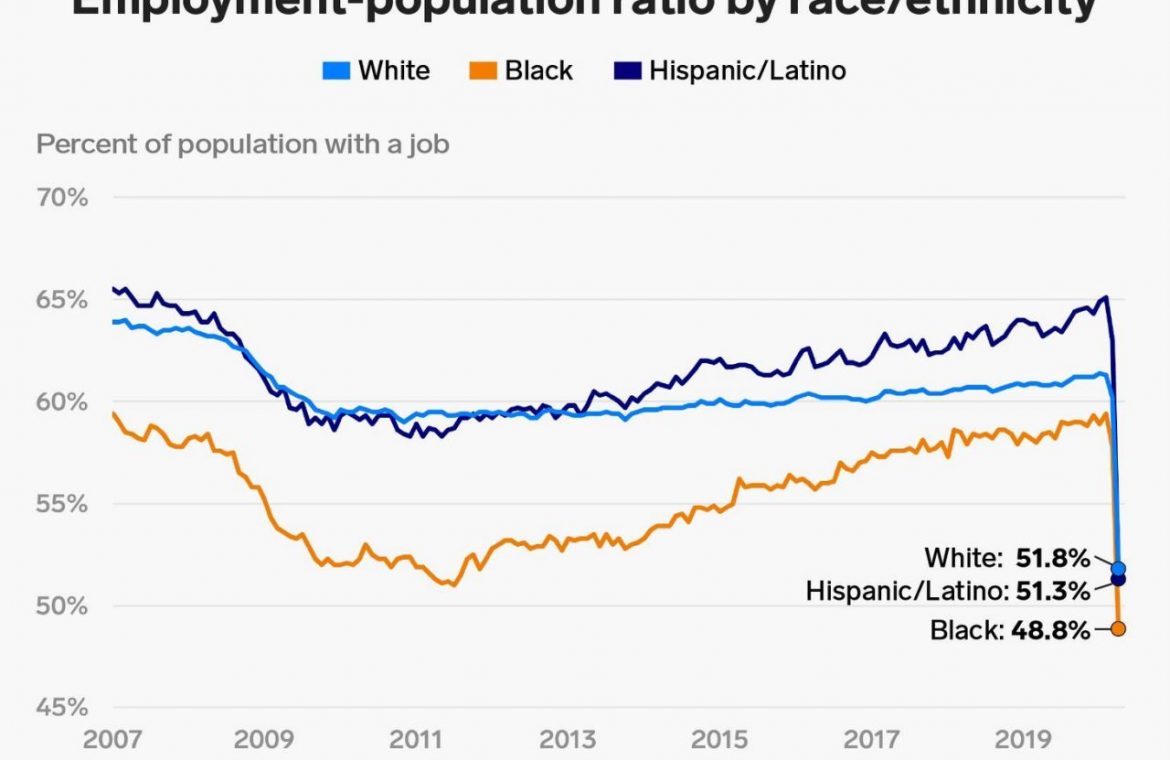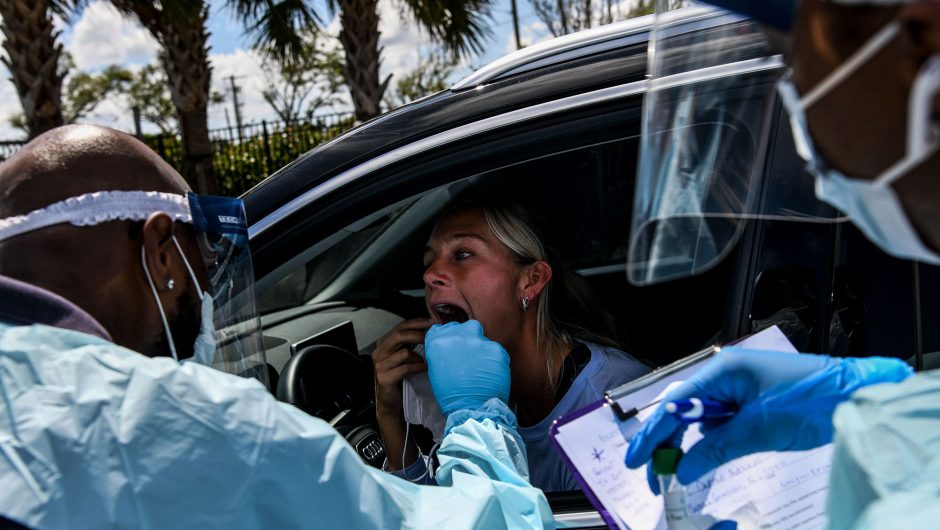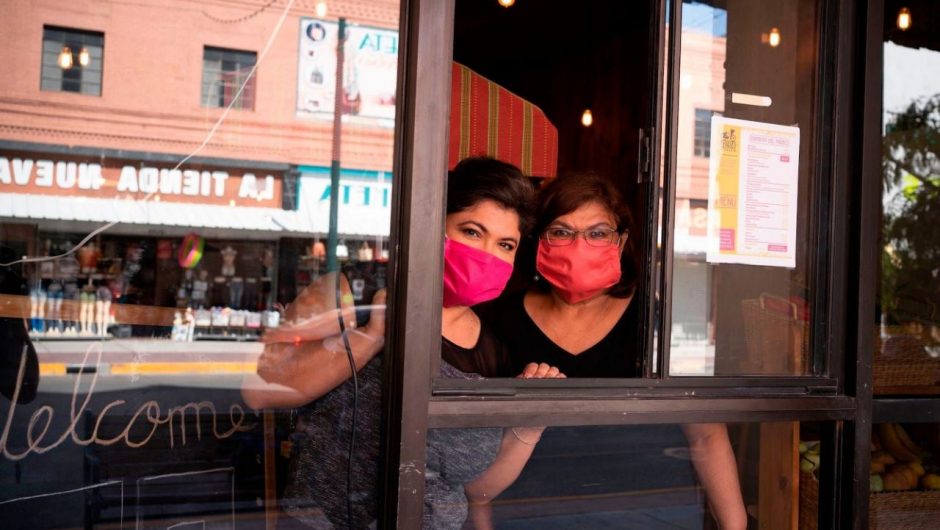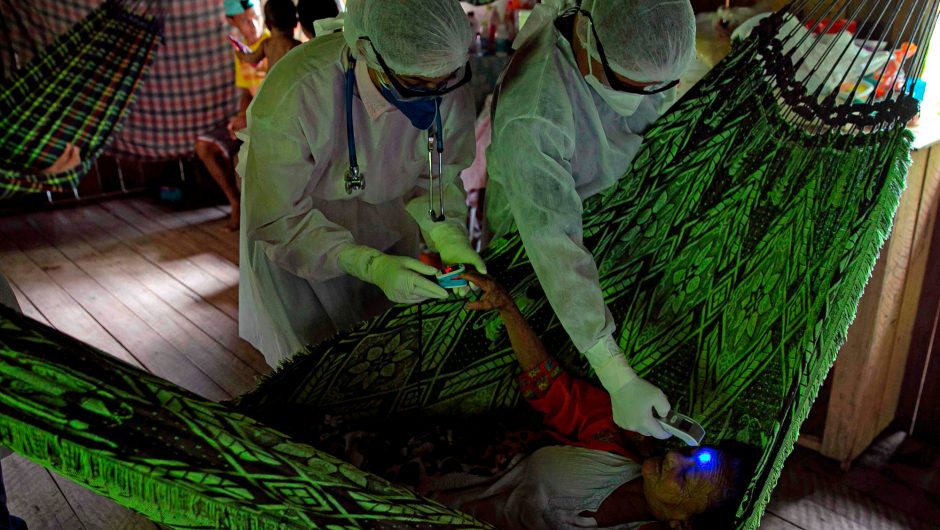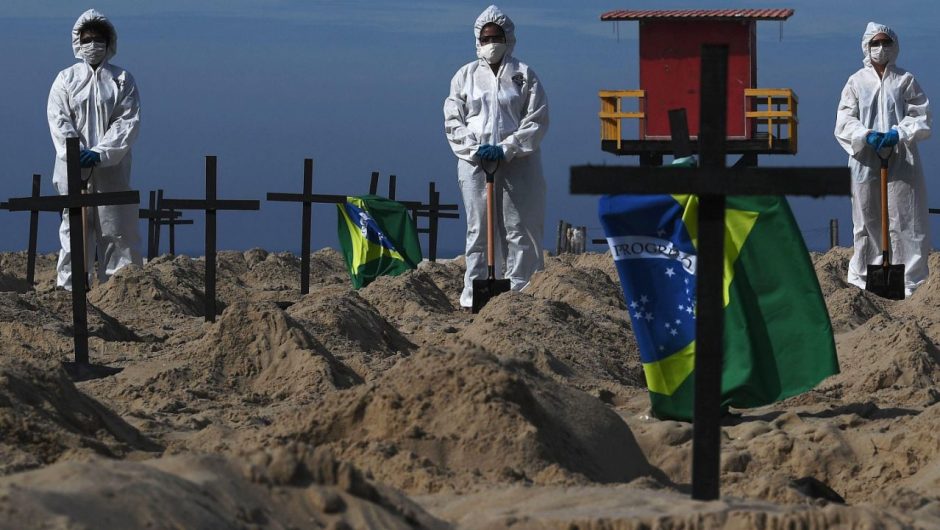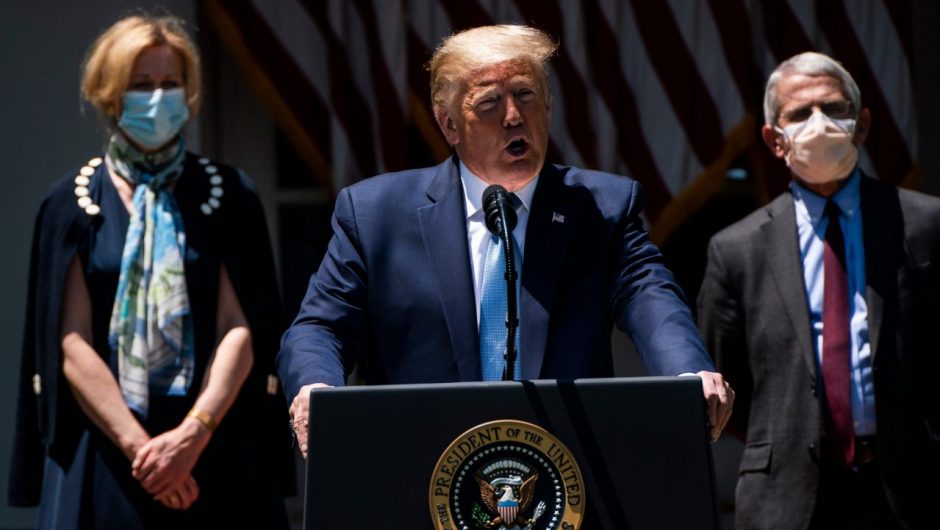employment population ratio by race v3
Andy Kiersz / Business Insider
Unemployment rates for Black Americans had just fallen to record lows amid a booming economy before the coronavirus pandemic, but the resulting layoffs hit them harder than other demographic groups.
Fewer than half of Black people included in the labor force were employed in April, according to data from the Bureau of Labor Statistics, further illustrating their greater risk for job losses amid economic upheaval on top of higher rates of COVID-19, which has now killed more than 100,000 people in the US. (Employment data only includes the number of people employed and unemployed. It excludes people who are unemployed and not looking for work.)
The virus has hit Black communities particularly hard because Black people are disproportionately represented in public-facing jobs that were deemed essential or they were laid off from service jobs that cannot be done from home.
One study by the Center for Economic and Policy Research found that Black workers made up 17% of frontline employees but only 11.9% of the overall workforce. “Workers of color are particularly overrepresented” in industries like postal services, public transportation, warehouses, and trucking, the group found.
And Black people are dying at far higher rates from COVID-19, the disease caused by the novel coronavirus, according to the Centers for Disease Control and Prevention. The agency found that death rates were about 92.3 per 100,000 black people and 74.3 per 100,000 Hispanic or Latino people, while the death rate among white people was about 45.2 per 100,000.
Story continues
“Health differences between racial and ethnic groups are often due to economic and social conditions that are more common among some racial and ethnic minorities than whites,” the CDC said. Plentiful other studies in recent years have found Black communities are disproportionately affected by structural racism including food deserts, higher risks of respiratory issues, access to health insurance, lower life expectancies, and more.
These factors, coupled with an economic recession and the long-term, socioeconomic inequalities that have long plagued Black communities in America, have made the eight days of protests following Minneapolis police officers’ killing of George Floyd, a Black man, all the more intense.
“Where people are broke, and there doesn’t appear to be any assistance, there’s no leadership, there’s no clarity about what is going to happen, this creates the conditions for anger, rage, desperation and hopelessness, which can be a very volatile combination,” Keeanga-Yamahtta Taylor, a professor of African American studies at Princeton University, told The New York Times.
Read the original article on Business Insider


